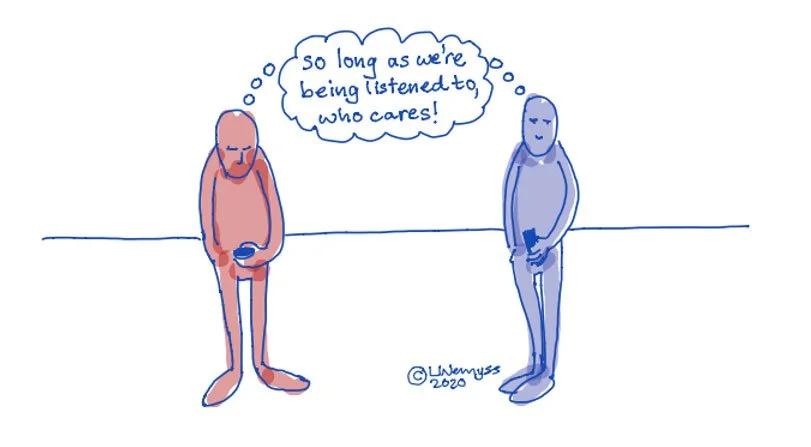Is our digital health innovation disruptive, and who cares?
Everyone these days it seems, wants to describe their idea as a 'disruptive innovation'. It provides cachet. If your businesses is not disruptive what is it? By claiming it, we're all claiming legitimacy, and even the power to unseat behemoths.
The originally theory was developed by an american academic and business consultant back in 1997 and has been called the most influential business idea of the early 21st century. Over the following twenty years the idea has became ubiquitous. "Many businesses, researchers, writers, and consultants use 'disruptive innovation' to describe any situation in which an industry is shaken and previously successful incumbents stumble. But thats much too broad a usage." The theory referenced in this article in the 2015 Harvard Business Review continued to be adapted and refined: "The problem with conflating a disruptive innovation with any breakthrough that changes an industry's competitive patterns is that different types of innovation require different strategic approaches. To put it another way, the lessons we’ve learned about succeeding as a disruptive innovator (or defending against a disruptive challenger) will not apply to every company in a shifting market."
Our business is doing RWE in the integrated digital health care space. We label ourselves 'a disruptive innovation'; so we thought we'd better at least kick the tyres against Mr Christensen's definition: both to see if we can strictly classify ourselves in these terms, and also to be clear why this is so important.
In the last 25 years, there has been thousands of new businesses, especially in the disruptive digital space. Evidence from this activity has necessitated adapting the theory a little. Disrupters it seems can now come in two flavours. There's still the original 'low-end market foothold' approach, lets call this vanilla flavour. Examples here are the personal PC taking over from the computer main-frame , or Netflix taking over from Blockbuster.
The theory now also includes: a 'new-market footholds' approach. This is a product or service where none previously had existed. (Lets call this salted caramel flavour?) This foothold is more difficult to see in some ways, but is about meeting a new (and growing) set of customer needs where no market previousely existed. Think '3d-Printing' or 'On-Line Education'. In our case the 'new-market foothold' product is 'Integrated Collaborative Digital RWE'. This is providing a research RWE alternative to Industry that is wholly different to its current incarnation. We'll explain how as we explain who cares.
So, there are clearly three of us who care (or should care):
1) We the SME definitely care, because the approach helps us communicate with our market and crucially differentiate our product. It also helps us sustain our business and understand the journey we're on. Using it helps us to identify our strengths, weaknesses, opportunities and threats.
2) The existing service providers (the incumbents as the theory likes to call them) should care of course. However, as researchers have found: "their existing focus on high value customer projects becomes institutionalized in internal processes that make it difficult for even senior managers to shift investment to disruptive innovations." Only if they understand their own businesses structural and systemic issues early enough, can they attempt to apply possible 'sustaining innovations' or take other more radical actions.
3) Industry's consumers of RWE should care most of all. The new disruptive model of Integrated Digital RWE offer significant and distinct advantages over the existing RWE products, but certainly do not have all the features (yet) of existing RWE. However, if you only think of disruptive innovation as starting out as a cheap and inferior product - and you're waiting for it to 'drive upward' in order for it to offer everything the existing service offering provides - you will miss out.
Integrated digital health RWE is just a different product altogether. The existing (old) RWE product model tends to be single sponsor (you pay for everything), transactional, clinically focused, time-limited, wide (multi-territory) and expensive. Our product is not like that. It is strategic. It is collaborative. It is outcomes focused. It is multi-client (you share the costs). It is ongoing, It is patient centric (really) and integrated into community disease provision. It is less-expensive. It will start small and will grow and adapt. It links into national treatment data. It will accrete new data sources and new services. It is OPEN (that means it is free to academia and will link to third party wearables and clinically proven standardised instruments), and it pushes some of your research monies and investment back into advocacy and local health services.
The product is UK based at the moment - but it has global application.

